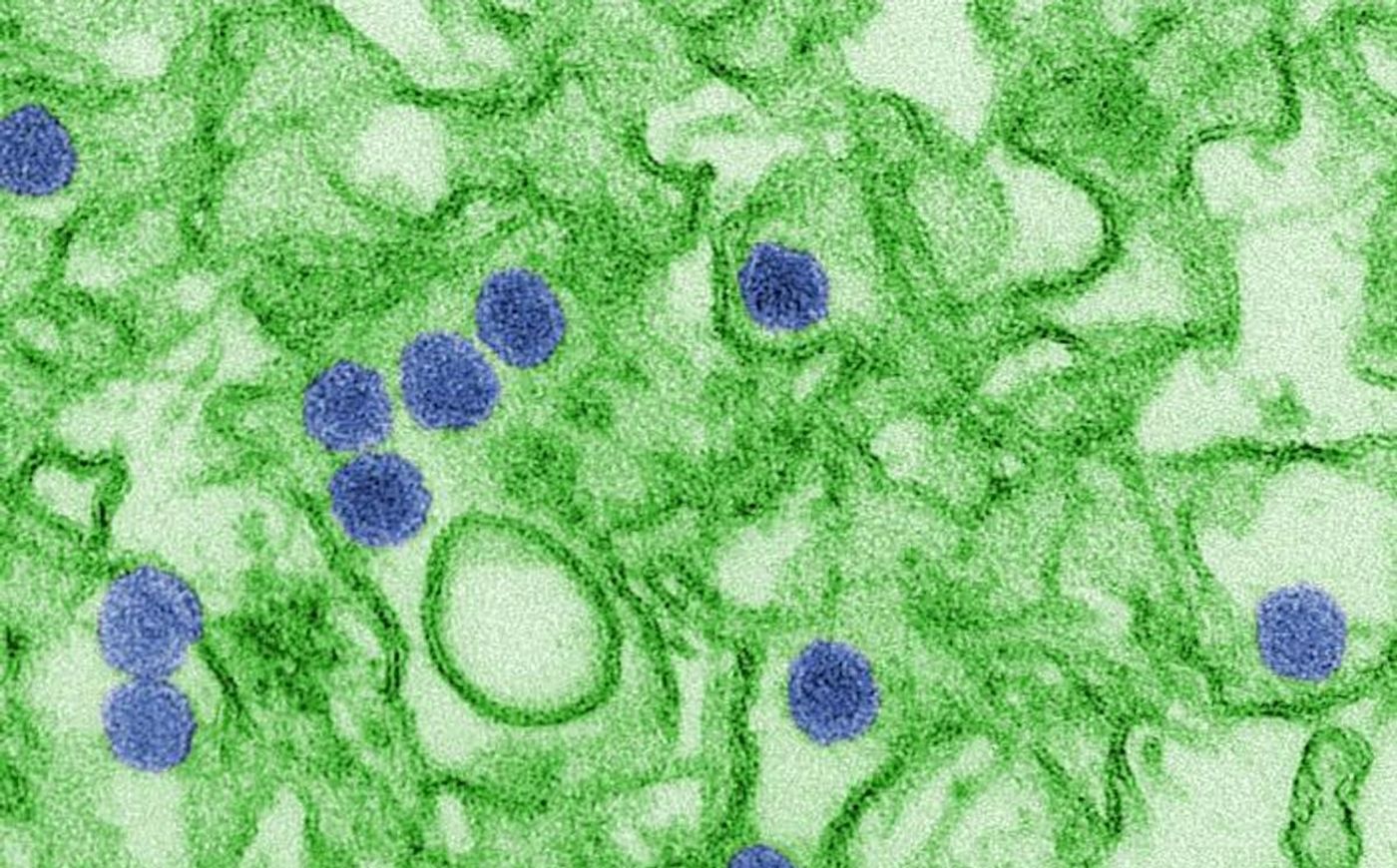Two New Viruses IDed in Brazilian Patient Samples
After an assessment of blood samples collected in Brazil between 2013 and 2016, scientists have found two new species of viruses. The viruses were found in samples taken from patients that had symptoms similar to those caused by Zika, like a terrible headache, high fever, and a rash. However, researchers don't know whether the novel viruses found in the patient's blood is what caused their illnesses. The findings, which identified one virus as a species of Ambidensovirus and the other as a species of Chapparvovirus, have been reported in PLOS ONE.
"What surprised us most was finding an Ambidensovirus in a human sample. Viral species in this genus have been described only in insects, shellfish and other invertebrates, never in mammals," said study author Antonio Charlys da Costa, a postdoctoral fellow at the University of São Paulo's Medical School (FM-USP). "However, we don't yet know whether these viruses were active in the patients, let alone whether they caused the symptoms," he added.
Researchers will now be able to use this data to look for novel viruses in (the blood of) other people that live in the areas where these viruses were found - Ambidensovirus in the state of Amapá and Chapparvovirus in the state of Tocantins, noted the supervisor of this research, Eric Delwart, a senior investigator at the Vitalant Research Institute in the United States.
"So far no evidence has been found that these viruses have spread or that they're pathogenic," Delwart noted. "However, it's scientifically interesting that Ambidensovirus has been detected in human hosts. The discovery shows how little we know about the ability of certain viruses to infect different kinds of cells."
These samples were gathered by Brazil's central public health laboratories (LACENs) during routine surveillance, which illustrates the importance of analyzing clinical samples to look for emerging viruses.
In this work, the researchers applied metagenomic techniques, which analyze all of the genetic material that is present in a sample (as explained in the video below). The genetic sequences that are identified can be compared to huge databases to identify the species it comes from. If that sample is human blood, for example, metagenomic tools will also find microbial DNA that is there.
In this study, 781 samples were analyzed; 80 percent contained Anelloviruses while 19 percent contained type 1 human pegiviruses (HPgV-1). Neither of these viruses are thought to cause illness. Parvovirus B19, which can cause a common childhood sickness characterized by a rash and mild fever, was found in 17 percent of samples. Only two of the samples contained the newly-described viral species.
"The study continues, and altogether we've received 20,000 samples for analysis. They send us samples that test negative for dengue, Zika and chikungunya. In our lab at IMT-USP, we perform molecular tests to detect other known flaviviruses [like those that cause yellow fever or West Nile fever], alphaviruses [including Mayaro virus and other species that cause encephalitis] and enteroviruses [that can cause respiratory and hand-foot-and-mouth diseases, among others]. If we find none, we move on to the metagenomic analysis," Costa said.
The researchers are trying to learn more about the viruses found in Brazil, as well as identify species that may be infecting humans and causing illnesses. This type of genetic study helps reveal emerging viruses that would potentially be difficult to differentiate from other viral illnesses and would otherwise go undetected.
Additional work will still be necessary to determine the pathogenicity of these novel viruses.
"We tried and failed to infect cell cultures in the lab, either because these viruses don't infect the type of cell used in the experiment or because the viral particles contained in the samples we analyzed were no longer viable. We don't know," Costa said.
A second sample was obtained from the patient infected with the Chapparvovirus so further analysis can be performed to see if the viruses stimulated an antibody response.
"The idea is to see whether this patient and their family have antibodies against this microorganism, in which case they were infected in the past and produced a response against the virus," Costa said.
Sources: AAAS/Eurekalert! via Fundação de Amparo à Pesquisa do Estado de São Paulo, PLOS ONE










